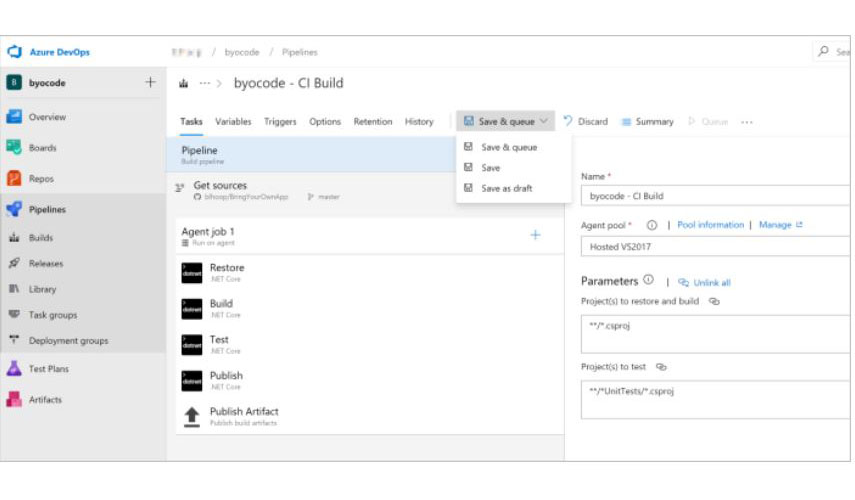We know today that the future of work is global and flexible. Businesses are engaging in global talent acquisition & management techniques to optimize their employment prospects, enhance remote hiring procedures, and speed up things so that they can find, evaluate, and hire people efficiently and effectively. The important question is, how?
Any global recruitment team must adopt a common recruiting process checklist. A to-do list keeps everyone on the team focused, moves the remote hiring process along, and enables decision-makers to identify inefficiencies in each stage of the remote hiring process.
Here’s a checklist for your international recruiting needs.
International recruitment checklist
Setting up a distributed team is no mean feat. Whenever it concerns rules, regulations, and best practices for recruiting, each location is distinct, and every nation presents entirely new risks and obstacles.
Let’s begin with critical factors to consider when remote hiring teams. By using this checklist, you can hire workers internationally and overcome expansion-related difficulties.
Identify your remote hiring needs
If you’re preparing to hire a global team, the first step is to understand your motivation for remote hiring . Hiring a remote team means you’ll be entering foreign markets and getting access to highly skilled talent for the role you desire.
Make a detailed list of everything you want in a prospective employee, and break that down into technical skills and soft skills. This way, there’s less room for approximations and guesstimates. Making a definitive list of needs will help you make sure you don’t need to take risks with employees.
Build a recruitment plan
Most countries have their statutory requirements, taxation laws, salary policies, and so on. Compliance is a must, so researching how everything is conducted is a good starting point.
Calculating the total cost of acquisition for each role will help you build the right estimates. When preparing to grow, it is important to take into account the following, sometimes unanticipated costs:
- The salary range
- Statutory benefits
- Attractive benefits
- Onboarding/upskilling costs (time/tools/staff)
- Equipment costs (hardware/software/licenses/company car)
- Mandated tax and contributions
Taking all these factors into consideration will help you build a foolproof plan of how you want to go about recruiting new employees. This can include everything from location to role, to salary, and more.
Write a concise and compelling job description
According to research, if your application procedure is excessively drawn-out, antiquated, or burdensome, many job searchers may just quit and look elsewhere.
Be succinct and specific. When recruiting across multiple geographies, it is a good idea to provide all relevant information. For instance, if a visa has to be taken into consideration, you should mention it in the job description.
Employers are trying a range of strategies to speed up the remote hiring process while improving the applicant experience, including doing away with cover letters, switching long applications for a series of fast online inquiries, improving their online application, and utilizing chatbots.
Advertise across the right channels
Advertising your global recruitment on your website is not enough. You can use remote-friendly job boards like Angellist, Flexjobs & WeWorkRemotely. To find local candidates, social media has evolved into a crucial instrument. As a result, you may utilize it to the benefit of your remote hiring experience. Here are a few methods you may use to do that:
- Target specifics – For instance, some nations favor Facebook as their primary social media platform, while others choose Instagram, Twitter, or WeChat. It is advisable to take analytics into account when choosing your target demographics.
- Develop your employer brand – Make sure you are seen by both domestic and foreign applicants as a desired employer. You could do this by expanding social media outreach and regularly working on a blog for your company, where you share details about company culture, perks, benefits, etc.
Review & screen applications
The key to assuring candidate/company fit, tenure durability, higher productivity, and hiring success is comprehensive screening and science-led evaluation. To choose the most suitable members for your global team, try to strike a balance between speed and accuracy. Remember, your competitors are proactive in their pursuit of the top candidates.
To make sure you are choosing the best applicants, it is essential to establish a well-defined interview process that ideally includes objective and comprehensive candidate analysis. To hire the best foreign workers, you must, however, act quickly. Make sure this procedure is in line with the principles of your employment brand and that it is benchmarked against your best employees.
Conduct an efficient remote interview
An interview is an opportunity to create the perfect first impression – not just for the candidate, but also for the employer. However, in absence of non verbal cues like body language, remote interviewers must work harder to extract the complete potential of a virtual interview. Start by reviewing your current interview process and making it remote-friendly, ensuring you have access to all the necessary tools. Brush up your video-call etiquette, and ensure that this interview is a two-way conversation where you introduce the candidate to your company’s culture.
Calculate compensation
When calculating compensation, it’s imperative to ensure a fair wage is being given while keeping everything within your pre-calculated budget. Managing both can sometimes be tricky, but compensation can be calculated in some easy steps. Here’s how:
- Make an offer that includes the position’s pay, start date, and other details. Working with personnel regarding salary, benefits, and employment policy may be necessary for this.
- The final offer should be signed by the candidate.
Make sure to also factor in the cost of the following subheads – include the following:
- Various statutory inclusions like health and accidental insurance
- Home-office setup
- Misc. benefits
- Pension and gratuity schemes
Extend the job offer
If everything is in order – extend the offer. Think about using the period between the acceptance of the offer and the start date to assist your new employee in starting smoothly (and avoid having them drown in paperwork on their first day). NDA, tax withholding, benefit election, wire transfer details, business card, and other required papers should be provided. Reserve office supplies for your new remote hire as well.
Onboard
Congratulations! You’ve completed the remote hiring process successfully and now have a new global team member. Employee onboarding, a distinct but equally significant procedure to engage and develop your new employee, is now in order. You can send your new employee a welcome kit and assign them a remote buddy so that they can feel comfortable and ready to start their new day. It also helps to make all documents and guidelines, especially your remote work policy, available to the new employee. This reduces the risk of confusion on both ends.
Check in regularly with them to see how everything is going, and you’re set!
Global hiring best practices
International recruitment is now simpler than ever. That is if you know where to look for, pick out, and employ competent overseas talent. You’ve thus made the decision to begin remote hiring. But where do you look for all those outstanding people from abroad?
Equip your team with the right tools and technology
Thankfully, modern technology makes it simpler than ever to communicate with individuals throughout the world. Collaboration among the interview crew is made possible despite being spread out around the globe, thanks to efficient ATS solutions.
Additionally, the right technology enables you to plan interviews with applicants while successfully communicating with them and taking into account their time zones. Utilize video conferencing software like Zoom or Google Meet to conduct virtual interviews. Ensure that your remote team has access to all the different tools and technology that they will require during their workday, may it be in the form of an additional monitor or a paid subscription.
Overall, investment in the necessary technology will pay off with a smoother, more open recruiting process for applicants and structured, efficient hiring of new employees for your business.
Embrace cultural differences
You may need to modify your diversity sourcing tactics to account for the fact that demographics vary considerably from area to region. Be mindful of the terms used, as you might need to refrain from using certain turns of phrase or slang terms that are common in your home country., but inappropriate in other regions. Be mindful that you may have to make allowances for accents, grammar, and fluency if you are used to recruiting in a nation where English is not the primary language.
In any remote team, different people with different backgrounds are going to collaborate on projects. This isn’t a downside, but it helps to understand how different people work and react to certain things. Embracing these differences and enabling people to be who they are while they work is best.
Prioritize data security
The most crucial guideline when it relates to privacy laws is to always comply, regardless of the nation. Each country will have its own set of laws regarding the collection, storage, and dissimilation of personal data. For example, the General Data Protection Regulation (GDPR), a set of stringent rules for the acquisition and handling of personal data from people who live in the EU, must be kept in mind if you are remote hiring within the European Union (EU).
Put an emphasis on culture
Diversity may be a strength and a drawback for virtual teams, particularly those that are international. How teams handle diversity is key. A diverse working environment is essential for fostering innovation, decision-making, and problem-solving.
Teams with greater diversity generate better caliber, and their ideas are more original and creative. Teams with higher levels of diversity also fare better in terms of work quality.
As a result, although it is important to anticipate and handle any possible problems brought on by personal variety, contextual diversity is more likely to have positive effects.
Conclusion
Today, globally distributed teams are enabling business leaders to significantly recruit highly skilled talent without being constrained by geographical boundaries. Thanks to technology, employers now have access to a wide range of information, abilities, and distinctive personalities that the world has to offer. Using this information, we can create a revamped remote hiring process.
Whether you’re new to remote hiring or have multiple teams working remotely, it can get tricky to navigate global teams. At Talent500, we have been building global teams for Fortune500 companies. We have AI-powered tools and the top talent from all corners of the map to help you build globally distributed teams faster. Let’s discuss your requirement, set up a consultation today.


